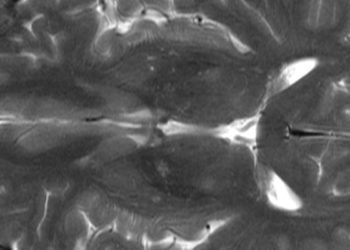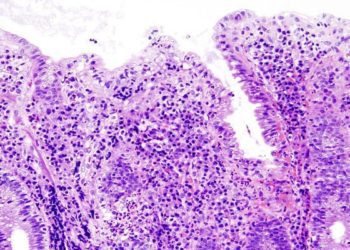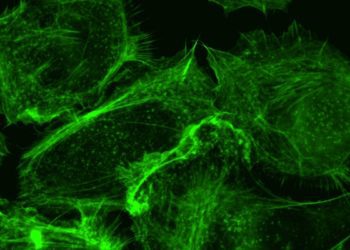Delayed alteplase has clinical benefits in posterior circulation stroke outcomes
1. In this randomized controlled trial of patients with posterior circulation stroke not for thrombectomy, treatment with alteplase 4.5 to 24 hours after symptom onset increased the likelihood of functional independence by 90 days, compared to standard treatment.
2. The incidence of intracranial hemorrhage was higher with alteplase, but mortality at 90 days was higher with standard treatment, although neither reached statistical significance.
Evidence Rating Level: 1 (Excellent)
Study Rundown: Intravenous thrombolysis (IVT) is the standard of care for ischemic stroke within 4.5 hours after symptom onset, especially if endovascular thrombectomy is unavailable. In patients with salvageable brain tissue, extending the IVT window up to 24 hours has been demonstrated as beneficial in patients with large-vessel occlusion of the anterior circulation. Posterior circulation strokes are difficult to diagnose, prone to delayed treatment, and with posterior circulation being less prone to hemorrhage from IVT, there is interest in extending the IVT window in this condition. This trial assessed IVT with alteplase in patients with posterior circulation ischemic stroke, without extensive early hypodensity on imaging, 4.5 to 24 hours after symptom onset. Compared to standard medical treatment, alteplase resulted in a higher percentage of functional independence by 90 days. Alteplase was associated with a higher rate of symptomatic intracranial hemorrhage within 36 hours, yet 90-day mortality was higher with standard treatment. These results were limited to patients with mild strokes for whom endovascular thrombectomy was not available, and the study was open-label. Notwithstanding, alteplase demonstrated clinical benefits when used in patients with posterior circulation ischemic stroke between 4.5 to 24 hours after onset.
Click here to read the study in NEJM
Relevant Reading: Tenecteplase for Ischemic Stroke at 4.5 to 24 Hours without Thrombectomy
In-Depth [randomized controlled trial]: This study was an open-label randomized controlled trial investigating extended alteplase treatment window in patients with posterior circulation stroke with no planned thrombectomy. Patients aged 18 years or older who had clinical signs of posterior circulation stroke and whose stroke onset occurred between 4.5 and 24 hours before screening were eligible for inclusion. Exclusion criteria included planned endovascular treatment at the time of randomization or any contraindications to alteplase administration other than the extended time window. In total, 234 patients were randomized 1:1 ratio to receive intravenous alteplase at 0.9mg/kg or standard medical treatment alone, including antiplatelet therapy. Rescue thrombectomy was permitted. The primary outcome was functional independence at 90 days, defined as a score of 0-2 on the modified Rankin scale (mRS). Overall, 89.6% of patients in the alteplase group achieved functional independence at 90 days, compared to 72.6% in the standard treatment group (adjusted risk ratio [ARR], 1.16; 95% Confidence Interval [CI], 1.03-1.30; p=0.01). Additionally, 73.9% of patients in the alteplase group did not develop disability, compared to 60.7% in the standard treatment group (ARR, 1.16; 95% CI, 0.98-1.36). The rates of major neurologic improvement at 24 hours and seven days were comparable between the two groups. Regarding safety, the incidence of symptomatic intracranial hemorrhage within 36 hours was higher in the alteplase group (1.7%) compared to the standard treatment group (0.9%); however, this did not reach statistical significance. Similarly, mortality at 90 days was lower in the alteplase group (5.2%) than in the standard treatment group (8.5%), without reaching statistical significance. In summary, alteplase was shown to increase the likelihood of functional independence among patients with mild posterior circulation ischemic stroke at 4.5 to 24 hours from symptom onset.
Image: PD
©2025 2 Minute Medicine, Inc. All rights reserved. No works may be reproduced without expressed written consent from 2 Minute Medicine, Inc. Inquire about licensing here. No article should be construed as medical advice and is not intended as such by the authors or by 2 Minute Medicine, Inc.








